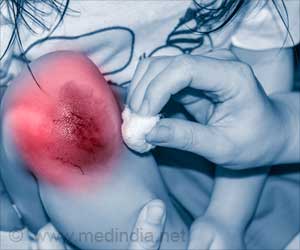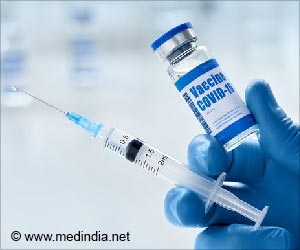The detection of infection in clinical practice can be expensive and typically takes at least 48 hours for gold-standard laboratory methods of wound infection detection and bacterial identification.
In a collaboration with NHS Ayrshire & Arran clinicians, dressings and swabs were collected from patients with diabetes-related foot ulcers at University Hospital Ayr. These samples were then measured at the University of Strathclyde using the novel sensor, which revealed that the presence of bacterial infection could be rapidly detected.
In the preliminary work which led to this clinical study the sensors were used to detect Proteus mirabilis, one of the most common bacteria types found in wounds. This organism is commonly found in the human gastrointestinal tract and forms part of the body’s normal microflora, but can cause disease in those with compromised immune systems or wounds.
The peer reviewed study, which won Best Paper Award at the annual World Congress on Electrical Engineering and Computer Systems Science in July, describes the real time electrochemical detection of the pathogen, with the growth detected in laboratory tests one hour after sample inoculation.
The electrochemical technique adopted measures the electrical ‘impedance’ of a sample over a wide range of electrical signal frequencies, creating spectra – formed by the measurement of how current flows through the bacterial layer at each frequency Changes to these spectra over time can be investigated, providing information about the microbiological content of the sample. This and a unique mathematical approach to studying the spectra have resulted in patents being granted for the method.
Healthcare associated infections (HAI) are a significant threat to patient welfare, resulting in increased treatment times, costs and illness. Wound infections are a common form of HAI.
A research study commissioned by the Scottish Government published in June which involved Strathclyde suggested one per cent of patients develop hospital associated infections (HAIs), costing NHS Scotland more than £46M annually.
The researchers believe the technology has the potential to be incorporated into a cost-effective real time wound monitoring device able to rapidly detect infection, which could greatly reduce wound infection detection and identification times in clinical settings.
Aiden Hannah, a biomedical engineering researcher from the University who carried out this work, said: “Whilst a range of other bacteria have been detected using Electrochemical Impedance Spectroscopy, to the best of our knowledge this is first reported study of real-time Proteus mirabilis detection using a label-free, screen printed carbon electrode.
“The ability of our low cost sensors to rapidly detect the presence of infection in clinical wound samples highlights their potential for adoption into point-of-care infection monitoring devices. The ability to monitor infection status in real time, would enable earlier intervention and improved prognosis.”
Consultant Diabetologist for NHS Ayrshire & Arran, Professor Andrew Collier, who was part of the study with Senior Podiatrist Danielle Main, said: “Diabetes foot ulcers are, unfortunately, common, with the lifetime risk for an ulcer being approximately 15 to 25 per cent.
“The early detection of infection demonstrated in this study will have significant impact upon both the individual with a diabetes foot ulcer and NHS resources.”
Source: Eurekalert



